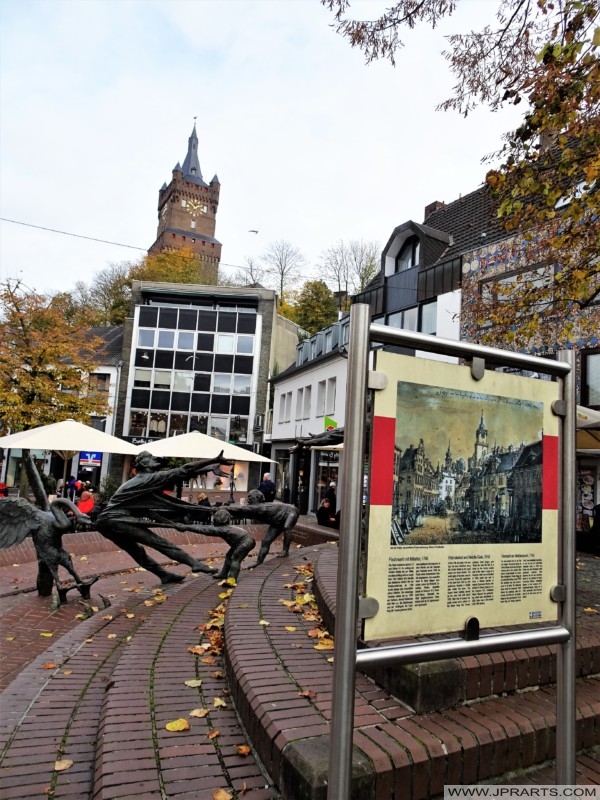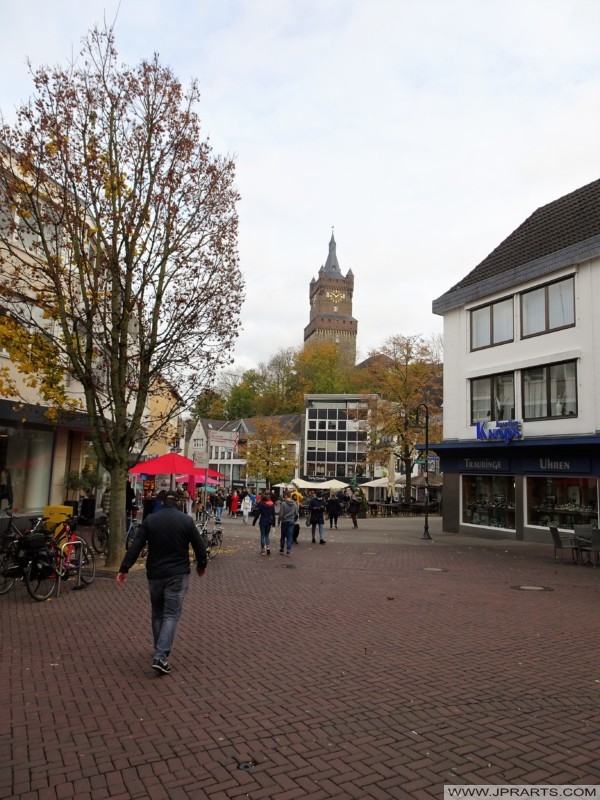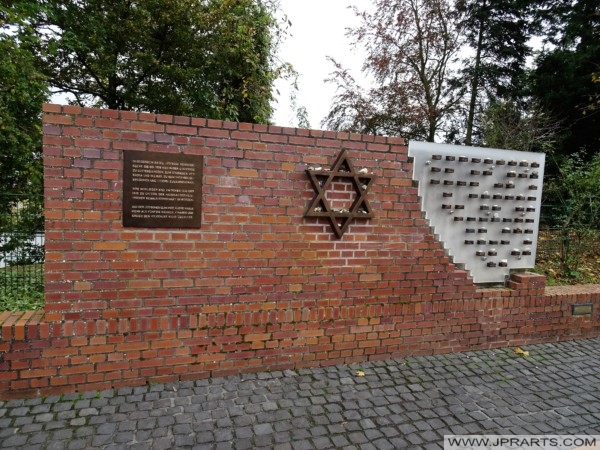Rhineland-Palatinate (German: Rheinland-Pfalz) is a western state of Germany. It covers 19,846 km2 (7,663 sq mi) and has about 4.05 million residents. It is the ninth largest and sixth most populous of the sixteen states. Mainz is the capital and largest city. Other cities are Ludwigshafen am Rhein, Koblenz, Trier, Kaiserslautern and Worms.
Rhineland-Palatinate, Germany
Renania-Palatinado, Alemania
Rhineland-Palatinate was established in 1946 after World War II, from parts of the former states of Prussia (part of its Rhineland province), Hesse and Bavaria (its former outlying Palatinate kreis or district), by the French military administration in Allied-occupied Germany. Rhineland-Palatinate became part of the Federal Republic of Germany in 1949 and shared the country’s only border with the Saar Protectorate until the latter was returned to German control in 1957. Rhineland-Palatinate’s natural and cultural heritage includes the extensive Palatinate winegrowing region, picturesque landscapes, and many castles and palaces.
Rheinland-Pfalz, Deutschland
Земля Рейнланд-Пфальц, Германия
Rhineland-Palatinate shares international borders with France (Grand Est), Luxembourg (Clervaux, Diekirch, Echternach, Grevenmacher, Remich, and Vianden), and Belgium (Wallonia). Within Germany, its neighbours are Baden-Württemberg, Hesse, North Rhine-Westphalia, and the Saarland. It is the ninth-largest state by area. Rhineland-Palatinate is part of the SaarLorLux euregion.
With 42% of its area covered by forests, it is the most forested state along with Hesse. The state’s major rivers are the Rhine, including the UNESCO World Heritage Site Middle Rhine, and the Moselle. Several crater lakes of volcanic origin are in the Eifel, the largest of which is the Laacher See.
德国莱茵兰-普法尔茨
Rhénanie-Palatinat, Allemagne
Climatically, Rhineland-Palatinate can be divided into two areas: The Rhenish Massif with a typically humid continental climate (Dfb). Summers here are usually warm with much precipitation and winters tend to be dry and cold. Snowfall is a common occasion.
The deep Valleys of Rhine and Moselle with an oceanic climate (Cfb), closely bordering a humid subtropical climate (Cfa). Summers are hot and moist, while winters are mild. Freezing temperatures are rare and snow usually melts within hours. The mild climate allows palm trees, fig trees, oleander shrubs, olive trees and other exotic plants to grow in this area.
The Rhenish Massif forms roughly the northern half of the state, including the regions Eifel, Moselle Valley, Hunsrück, Westerwald, and parts of the Taunus. The Palatinate forms the biggest part of the southern half along with Rhenish Hesse. The Nahe Valley separates both parts.
Nadrenia-Palatynat, Niemcy
राइनलैंड-पैलेटिनेट, जर्मनी
Rhineland-Palatinate leads all German states with an export rate around 50%. Important sectors are the winegrowing, chemical, pharmaceutical, and auto parts industries. “Distinctive regional industries” includes gemstones, ceramics and glass, and leather. Small and medium enterprises are considered the “backbone” of the economy in Rhineland-Palatinate. The principal employer is the chemical and plastics processing industry, which is represented by BASF in Ludwigshafen. Boehringer, BioNTech, Joh. A. Benckiser, SGE Deutsche Holding, and Schott Glassworks conclude the top five companies in the state.
راينلاند بالاتينات ، ألمانيا
Renania-Palatinato, Germania
Visit Germany Travel to Book Flights and Hotels Easy Online
Visit the Cheap Webshop for Blu-rays, Books and DVDs






